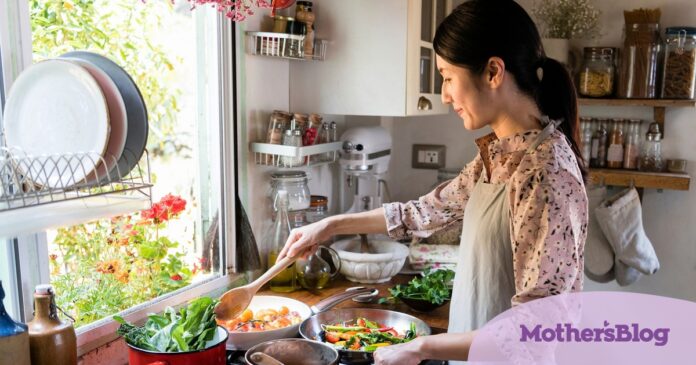Sautéing (from the French sauté) is a simple cooking method that helps foods retain their moisture. Although the procedure is simple, it seems that in practice some mistakes are made that affect the taste of food.
Let’s look at the most common of them:
Wrong pan
The right pan is the A’s and Z’s of sauteing. It should be wide and shallow. “You’ll know you’ve got a good pan if you add a little oil and see bubbles everywhere as the pan heats up. If the bubbles are isolated in certain places, this means that the pan is not suitable.” explains the Jairo Ducoshead chef at De Gustibus Cooking School in New York.
Unsuitable oil
Whether you are sauteing fresh diced vegetables or pieces of meat you should use a small amount of oil and above all the right type. “When sauteing, make sure you use an oil that can withstand relatively high heat,” says the LA chef, Stephen Chavez and suggests soybean, canola, or sunflower oil but not virgin olive oil as, as he explains, it starts to turn bitter at high temperatures.

You must use the right pan when sauteing vegetables or meat.
Bigstock
Wrong temperature
Using the right temperature is essential if you want to sear the food properly and form a thin, perfect crust that will lock in all the moisture. “You should always preheat your pan before sautéing. As for temperature, it’s always best to saute over medium-high heat.”recommends the Lisa Counts, chef at The Chopping Block culinary school in Chicago. As it says “if you start too low, then you run the risk of the ingredients absorbing a lot of the fat and ending up tasting greasy”.
Saute all ingredients
Many people put all the ingredients to saute and then cook them thinking that the taste is not affected. But when you do this, you’re not actually sauteing your food—you’re steaming it. The heat causes moisture to evaporate from the various ingredients, and all that steam—instead of oil—ends up cooking the food. “The more ingredients you put together in a pan, the more you lose the ability to brown or crisp up and acquire color,” emphasizes the chef Stephen Chavez.
With information from mashed.com






































